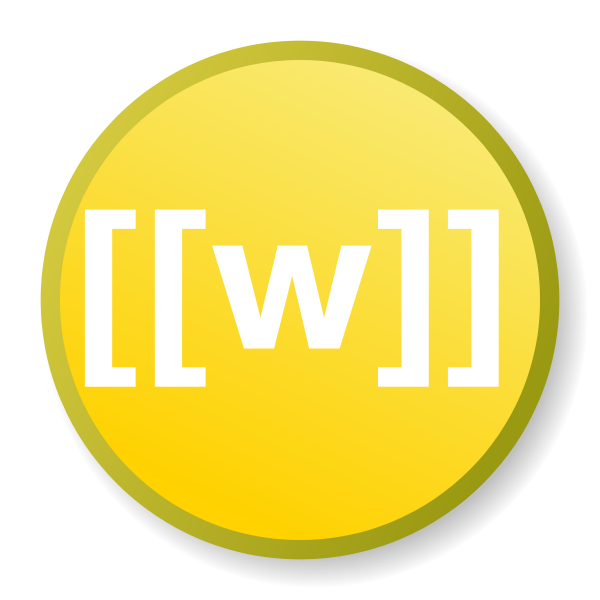Negative Energy (5e Variant Rule)
From D&D Wiki
Negative Energy[edit]
Negative Energy is an alternative rule set that modifies the way spellcasters can use their spell slots.
Set of imaginary application of values spells.
Based on unlimited technique of kaizen jujutsu
Changes[edit]
These spells modify spell slots into essentially negative energy for the user to apply convergence and divergence of imaginary values and perform physically possible effects.
For each effect, the normal spell slots are transformed into an essentially negative type of energy that will be used in techniques. Each 1st level slot is equivalent to 1 negative energy points, each 2nd slot is equivalent to 2 energy points... When applying spells, slots are used normally. This allows a spell that would normally require a 2nd-level slot to be used with 2 1st-level slots. If a spell that spends, say, 1 cursed point is used converting a second-level slot, that extra point becomes a normal first-level slot.
These techniques, if you have both, are considered a single spell because they are just a different application. In other words, both can be used by preparing 1. From the moment the user reaches 20 in their magic modifier (charisma or intelligence depending on the class) they are inherent considerations of the user and do not need to be prepared due to the repetition of use .
Hi, I'm aware that it can be a bit confusing to convert spell slots to cursed points for newer players. If necessary, play using normal magic points but it is possible to use spells at higher levels (with the modifications described).
Spells[edit]
Wizard and Sorcerer[edit]
- Application of Negative Imaginary Mass
| 2nd-level Conjuration | |
| Casting time: | 1 action |
|---|---|
| Range: | 15 meters |
| Components: | S |
| Duration: | Varies |
Evolution- Level 3, 5
Using two spaces of negative energy you gain the following ability, it is the projection of negative mass into reality, this forces an amount of normal mass, equal to the imaginary negative mass created, to move into the space where "negative mass exists". As an action, you can choose a 5- to 10-foot sphere. All creatures within that sphere must make a Strength saving throw against the user's spell roll (d20 + spell attack bonus). This Technique costs 2 Cursed Points and lasts for 1 minute. Creatures that are pulled into the center of the sphere are stunned and lose their next turn; every 10 feet of attraction applies falling damage (1d6 - 10 feet, 1d6 + 2d6 - 20 feet, 1d6 + 2d6 + 3d6 - 30 feet, 1d6 + 2d6 + 3d6 + 4d6 - 40 feet... ) after If hit, the creature can reroll its check with disadvantage only once, and if it succeeds, it can move out of the area of attraction using its move action. 1 energy point, cap = proficiency bonus, can be used to increase radius by 10 feet, adding 30 seconds duration. This effect also affects objects.
If the move action isn't enough to leave and the target starts its next turn or the caster's turn within the area of attraction, it must make the check again. Not always the target will be at the point of origin of the attraction so this must be considered according to the course of actions.
Starting at 5th level, you gain the following ability. The energy used in this magic is essentially negative, as well as in mathematics when multiplying a negative technique by itself, one obtains what is called cursed positive energy. When one understands the core of the negative energy used by this magic, it becomes possible to make a technique have the opposite effect to the original. As an action, you can choose a point within 50 feet of you. All creatures, except the user, within a 5- to 10-foot sphere of the point must make a Strength saving throw against its magic attack value (d20 + spell attack bonus) and are knocked back in 6 meters. Creatures take 4d8 bludgeoning damage and are knocked prone. If they succeed on their save, the damage is halved and they are not knocked prone. This Technique costs 2 Energy Points.
You can choose to spend more Cursed Points up to your maximum proficiency bonus to increase your damage by +1d8 and throw by up to +6 meters for each cursed point spent this way.) If the pushed creature hits something, it must roll falling damage proportional to the distance (1d6 - 10 feet, 1d6 + 2d6 - 20 feet, 1d6 + 2d6 + 3d6 - 30 feet, 1d6 + 2d6 + 3d6 + 4d6 - 40 feet... ).
the values can be applied in line, in which case the values are doubled. (3 meters sphere = 6 meters line)
_____________________________________________
Conjuration with total release of energy: from level 5 onwards, the user can break their limits and release their spell over greater amounts of energy. The user becomes able to double or triple the expenditure of cursed points to respectively triple or quadruple the repulsion or attraction distance, spell duration and initial damage.
_____________________________________________
- Self-application at negative distance.
| 1st-level |
At 5th level, the user becomes able to teleport up to (maximum) 2.5 kilometers. 2 energy points are spent every 100 meters, at distances less than 50 meters, 1 cursed point is spent. When performing this skill on other creatures, 3 energy points are spent every 100 meters, a 3-meter sphere is chosen, the creatures in that sphere, including the user, will be teleported. By doing this, it takes 2 turns to prepare the sphere and 1 to teleport.
- Application of imaginary space
| 2nd-level Conjuration | |
| Casting time: | 1 bonus action or reaction |
|---|---|
| Range: | 15 meters |
| Components: | S |
| Duration: | Whole shift it is active |
You gain the ability to apply the Achilles and the tortoise paradox to reality; anything approaching it is slowed down proportionally for each distance it moves, effectively creating a virtually infinite space around it. It costs 2 negative point to use this skill. As an action, you can surround yourself with virtually infinite space for the entire round, making you harder to hit. When you are hit by a physical attack or spell, their attack is blocked.
When using this spell on another creature the rules are the same.
When using this ability as a bonus action, it takes effect the turn the target is attacked.
Upon gaining this ability, the user becomes able to prevent objects from falling within 5 meters in a sphere around him using a cursed point (objects of up to 100 kg, including creatures if are voluntary) or stop objects within 1,5 meter freely , it can also work as a telekinesis in close and small things (approximately between 30 centimeters and 1 meter). It is possible to use telekinesis on objects weighing up to 15 kg freely or hold people without hands. The user can choose to "lock themselves" in the air freely. This does not prevent fall damage as the impact is a result of rapidly losing speed. In other words, you can only remain airborne without damage if you haven't fallen far enough to stop the fall damage. Using the application of unlimited negative mass convergence in line it is possible to have an effect close to a flight.
Back to Main Page → 5e Homebrew → Rules



